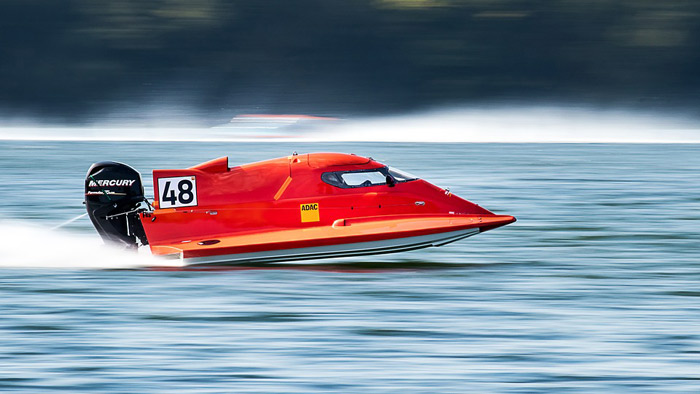
Ocean-going powerboats compete against one another in the sport known as powerboat racing. In 1904, a race from the southeast coast of England to Calais, France, launched the sport of powerboat racing. This incredible adventure sport is sponsored through individual funding and certain business sponsors. Hugh Fuller, one of the most seasoned racers in the sport and a multiple world champion in the powerboat category with more than two decades of racing experience, is just one example of the many powerboat racers from across the world who take part in this sport. There are different types of racing, including offshore, inshore, flying start, and freestyle racing. If you are interested in racing a powerboat, you should learn more about each event’s goals.
Offshore Racing
Offshore powerboat racing is an extreme form of motorboat competition that takes place on open water. The early 20th century saw the sport’s birth in Britain, and it is now well-liked throughout Europe, Australia, and the United States. Based on engine size, offshore powerboats are classified into some classes. The Class 1 category includes the most potent boats, which measure 12–14 meters long by 3.5 meters wide and have V12 engines capable of 160 mph. On specifically created courses, races are held, requiring competitors to complete a predetermined number of laps. Depending on the class of the competing boats, different races will have different lap counts.
Inshore Racing
Inshore powerboat racing is a sport that focuses on speed. This form of motorsport is held in sheltered water sections and features circuit-type courses. There are different levels of competition, including national and international competitions. International races are administered by the Union Internationale Motonautique, while the powerboat association of the country organizes national events.
The original objectives of offshore racing were to gain the attention of spectators and sponsors. In the 1970s and 1980s, offshore racing was held in the open seas but was largely spectator-less. Offshore races are held in harbors and other places that can attract spectators and sponsors.
Freestyle Racing
One of the most popular forms of powerboat racing is freestyle, which focuses on stunts and tricks. This type of racing aims to complete a set course while scoring points for the trickiest maneuvers. It is also much more spectator-friendly than other forms of powerboat racing.
Another popular type of powerboat racing is circuit racing. It usually involves a closed course, such as a racetrack or a closed body of water. These races are much shorter than offshore races, and the boats are much smaller. Drag racing, on the other hand, is similar to drag racing in cars. Two boats race side-by-side down a long straight course. Drag boats are modified to increase their speed, a fast and exciting type of racing.
Flying Start
A flying start is a start format for powerboat racing, and it involves the boats crossing the starting line within a certain amount of time. Usually, six boats are “pitted out” simultaneously and sprint around a shortcut prevention buoy. These warm-up laps allow boats to feel the track and timing. The goal of a flying start is to cross the line as soon as possible, and a late start is a common mishap.
This method requires that the race committee boat raises the C Flag at the preceding mark. The C Flag signals the starting position of the boat and is followed by repeated noises. During the start, the starting boat must have a strong plan for the next race.